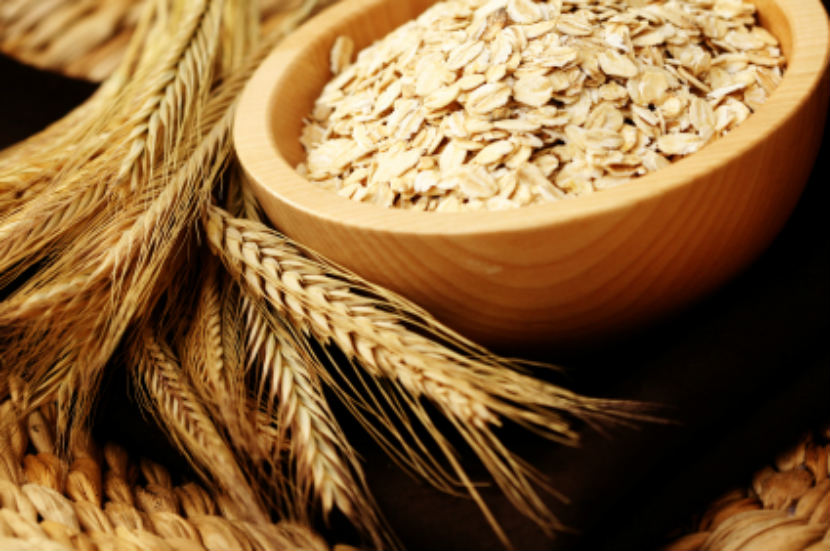New Standards for Celiac Detection
"People have preconceived ideas of what celiac disease looks like. They expect to see patients who because of nutrient malabsorption and diarrhea will end up being skinny with lots of deficiencies."
"But now we have lots of patients who haven't lost weight -- and many who are quite overweight -- but still have micronutrient deficiencies. While they are not losing calories, they are not absorbing some vital nutrients."
"It's a very common symptom [fatigue]. People come in and say they don't have the energy they used to [have], whether it's during exercise or doing daily living activities. This illustrates they might be deficient in iron because of hidden celiac disease."
"They don't have diarrhea or belly pain but they have no iron because of damaged intestines. And while a patient taking large quantities of iron might absorb enough to correct anemia, it's not going to fix the inflammation in the intestines and it's not going to prevent other complications that can occur later in life."
"If that [blood test] comes back positive, then the patient needs to be referred to a gastrointestinal specialist since you want to make sure it's really celiac before coming to a lifelong diagnosis that will require lifelong treatment."
Dr.Joseph Murray, professor of medicine, Mayo Clinic, Rochester, Minnesota
"The message is that if you see nutritional deficiencies, you should start thinking about celiac disease."
"That way, you may save these patients from damage to the intestines."
Dr.David Whitcomb, professor, gastroenterology, hepatology and nutrition, University of Pittsburgh
 |
| Photo: Mayo Clinic |
An immune reaction to gluten, a protein common to wheat, barley and rye, produces celiac disease. To avoid the symptoms of celiac disease and the condition's long-range complications people diagnosed with celiac disease follow a dietary protocol of gluten avoidance. The immune response to consuming gluten eventually will compromise the lining of the intestine, preventing it from absorbing certain nutrients. And this leads to diarrhea, fatigue, anemia and weight loss, along with other related complications.
Doctors have long become accustomed to identifying typical symptoms such as unexplained weight loss or extreme thinness in their patients to lead them toward the diagnosis of celiac disease. Now, new research findings lead to the conclusion that the hallmark signal of the presence of celiac disease may instead be seen in low levels of vitamins and other micronutrients, points out a report in Mayo Clinic Proceedings.
Doctors, in other words, need to expand their search for celiac disease symptoms, looking as well for the presence of certain micronutients at low levels, particularly iron, vitamin D and zinc. It is through blood tests that low levels of these critical nutrients are discovered and in the absence of such tests being regularly performed, it becomes incumbent on diagnosing physicians to become alert to the single most common symptom of iron deficiency -- fatigue.
If that telltale sign is there, then a blood test should be ordered as the initial screening mechanism. Should the blood test be returned positive, referral is then made to the medical specialist whose area of expertise is required to validate the initial diagnosis. Because of the long-range complications inherent in undetected and untreated celiac disease, aggressive follow-up is required. Dr. Murray is of the opinion that up to half of the adults with celiac disease are undetected because they fail to present with weight loss and other symptoms felt to typify the disease.
Alternately, should someone self-diagnose and place themselves on a gluten-free diet, the results of the blood test can be compromised. The research undertaken by Dr. Murray and his colleagues involved close scrutiny of 309 adults who were newly diagnosed -- between 2000 and 2014 -- with celiac disease, matched by age with subjects from the National Health and Nutrition Examination Survey, a national database. (NYHANES).
The researchers discovered large variances in nutrient levels on comparing the recently-diagnosed celiac patients with the NHANES participants; zinc deficient in 59.4 percent of the celiac group as compared to 33.2 percent of the control group; copper low in 6.4 percent of celiac patients, versus 2.1 percent of controls; folate low in 3.6 percent of celiac patients, compared to 0.3 percent of controls, and vitamin B12 low in 5.3 percent of celiac group, versus 1.8 percent of the control group.
Iron was low in 30.8 percent among celiac patients but no comparable iron measurements were available to compare with the controls. Weight loss was seen in 25.2 percent of patients diagnosed with celiac, contrary to traditional assumptions respecting celiac and thinness. The new study is meant to serve as a caution to primary care physicians who should take note of nutrient deficiencies in their patients. Dr. Murray cautions "just because someone is overweight doesn't mean they don't have celiac disease."
 |
If you have celiac disease, you cannot eat grains that contain gluten, such as:
|
"It was somewhat surprising to see the frequency of micronutrient deficiencies in this group of newly diagnosed patients, given that they were presenting fewer symptoms of malabsorption."
"Our study suggests that the presentation of celiac disease has changed from the classic weight loss, anemia and diarrhea, with increasing numbers of patients diagnosed with nonclassical symptoms," "Micronutrient deficiencies remain common in adults, however, and should be assessed."
Adam Bledsoe, M.D., gastroenterology fellow, Mayo Clinic, Rochester campus
Labels: Celiac disease, Fatigue, Gluten, Health, Iron deficiency, Micronutrient deficiency, Research

0 Comments:
Post a Comment
<< Home